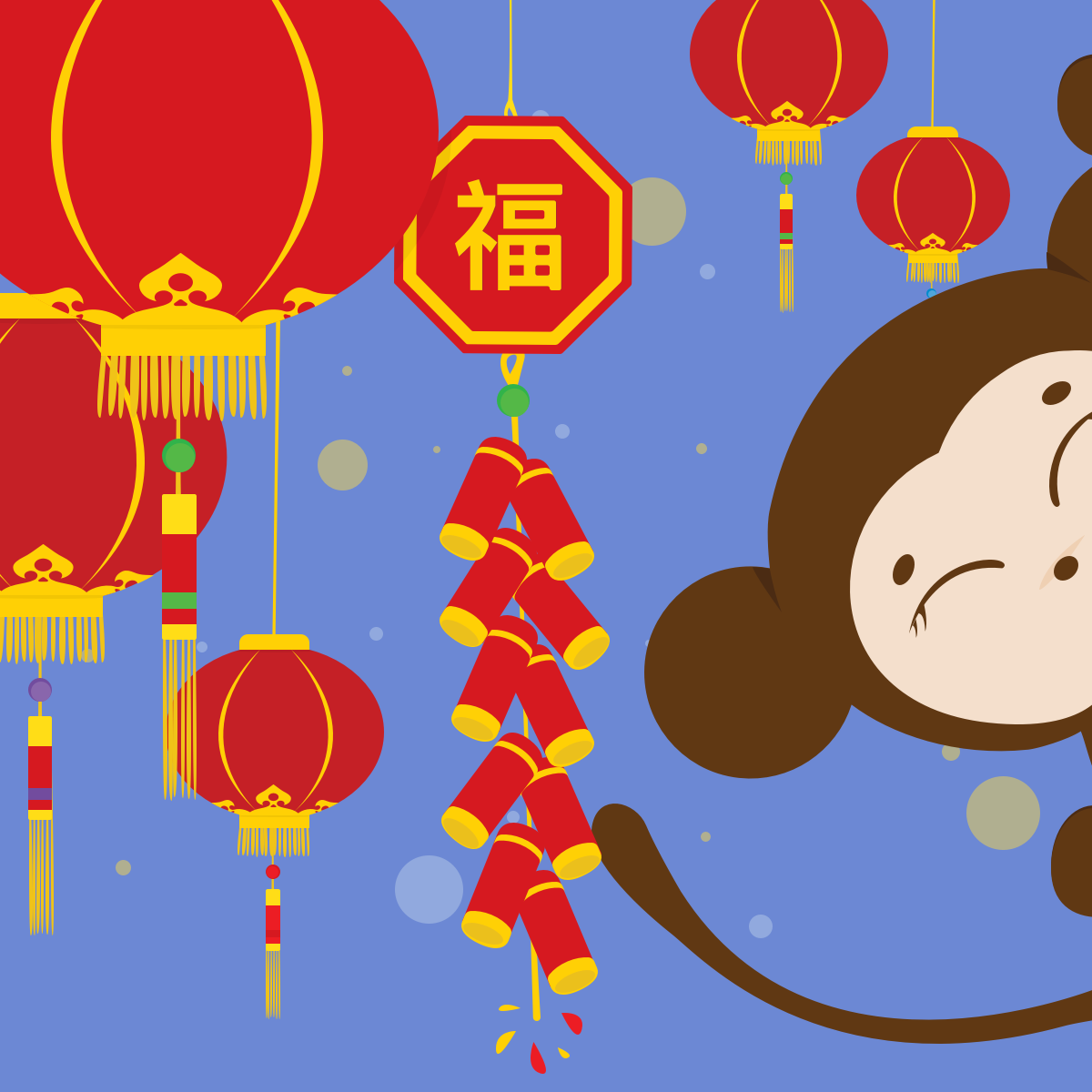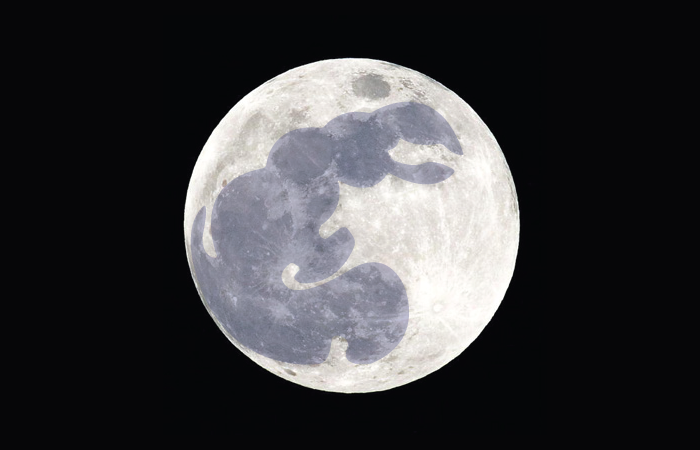In Japan, as the sakura trees bloom, the spring commences with a celebration, known as 花見 (Hanami, ‘flower-viewing’), with lots of drinking and outdoor socializing. The autumn in Japan, however, commences on a slightly different note. The 中秋 (chushu, mid-autumn) highlight is 月見 (Tsukimi, ‘moon-viewing’). In contrast to the spring’s celebration of the newly bloomed sakura tree blossoms, it is a harvest festival honouring the autumn full moon.
Traditionally Tsukimi celebration takes place on the 15th day of the eighth month of the Japanese lunar calendar (太陰暦, taiinreki). According to the modern solar calendar (新暦, shinreki), this date falls from mid-September to early October. Because the celebration takes place during the 満月(mangetsu, full moon), the date shifts each year. This year, 2015, Tsukimi falls on September 27th. This day is also known as 十五夜 (juugoya, fifteenth night) or 中秋の名月 (chushu no meigetsu, mid-autumn harvest moon). It is believed that the mid-autumn moon is the most beautiful, as it appears especially bright in the clear autumn air due to the relative position of the earth and the sun during this time of the year.
Tsukimi, however, is not simply a solitary moon gazing experience, but a historical tradition of holding parties to view the harvest moon in style that dates back a millennium ago. In fact, even at times when the moon is not visible, such as 無月 (mugetsu, "no-moon") or 雨月 (ugetsu, "rain-moon"), the festivities do go on.
A bit of short history.
Tsukimi first began practiced in Japan during the Heian era (平安時代, Heian jidai; 794 to 1185), as elements of the Chinese Mid-Autumn Festival (Moon Festival) were first introduced. The aristocrats of that time would hold events of reciting poetry under the full moon aboard boats, in order to revel in the moon’s bright reflection on the surface of the night’s waters. During the Edo era (江戸時代, Edo jidai, between 1603 and 1868) Tsukimi was celebrated with much vigour, that sadly came to an end in the Meiji era (明治時代, Meiji jidai, from 1868 through 1912).
So what to do on the day of the event?
Today Tsukimi is celebrated in a company of small gathering in a place where the moon can be seen clearly to be appreciated. Traditionally these places would be the 縁側 (engawa, veranda, porch or balcony) of one's home. The decorations are centred around the autumn plants, with 薄 (susuki, pampas grass) being the main event.





























